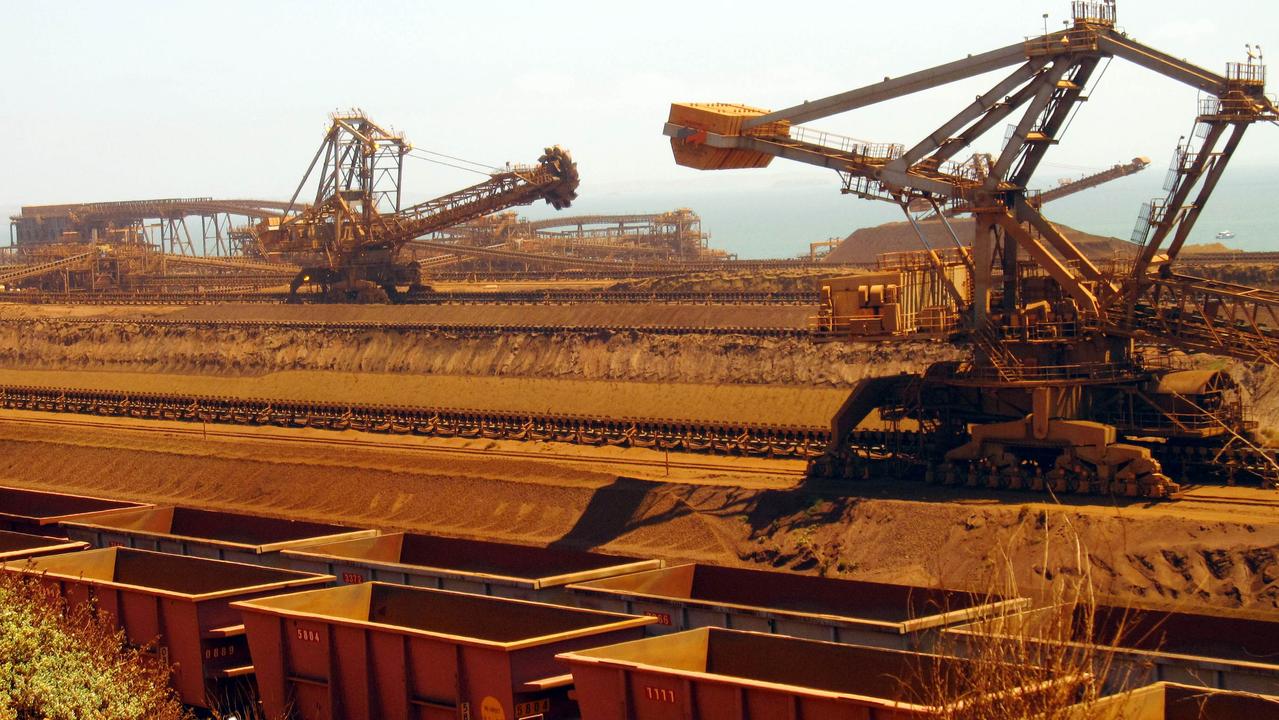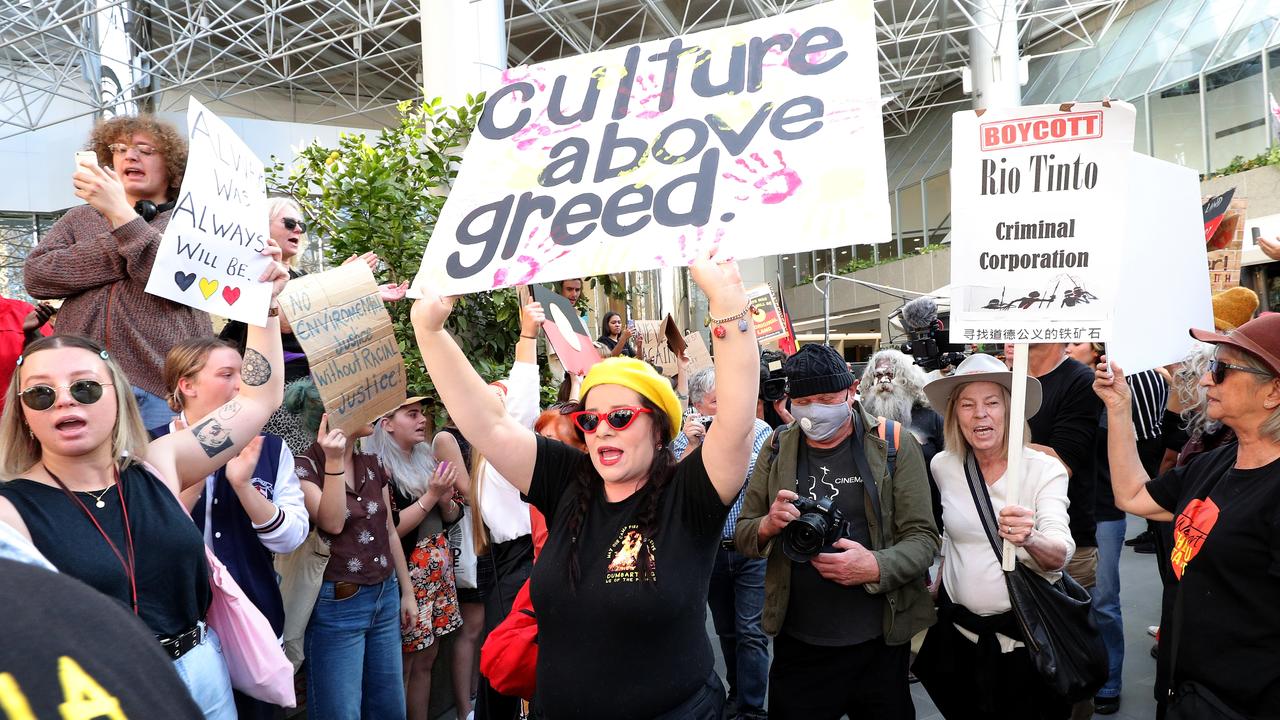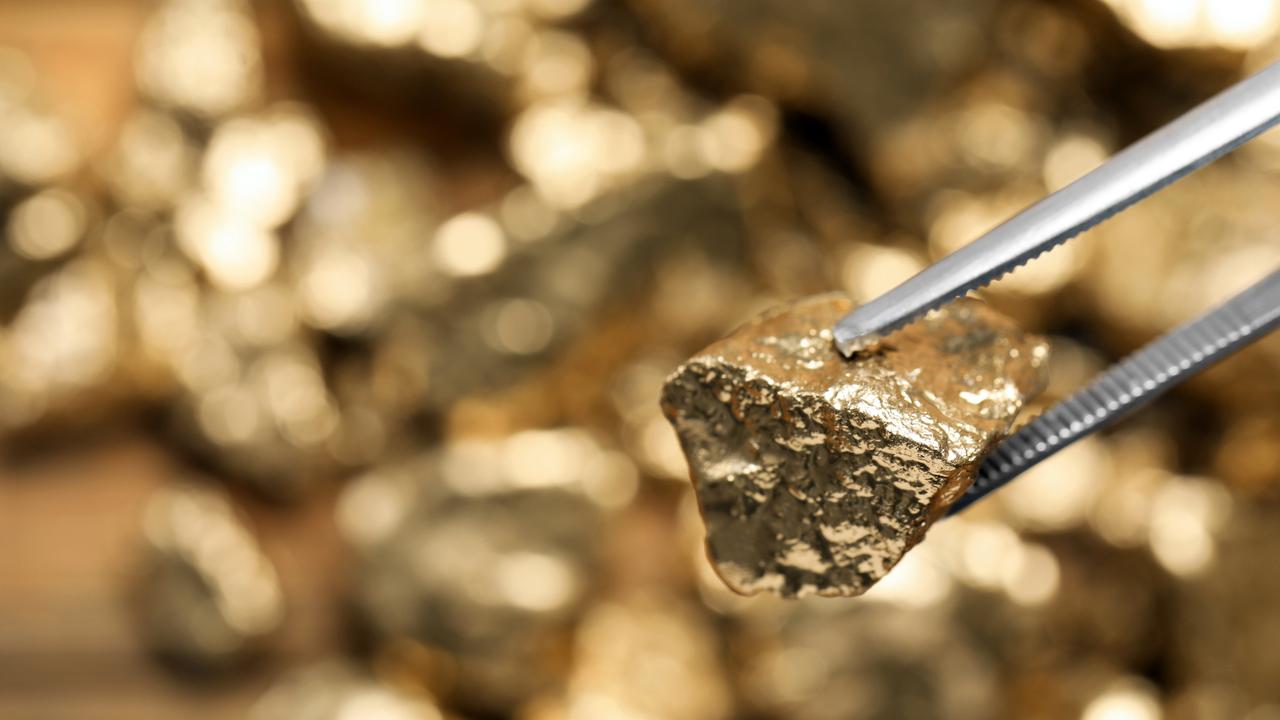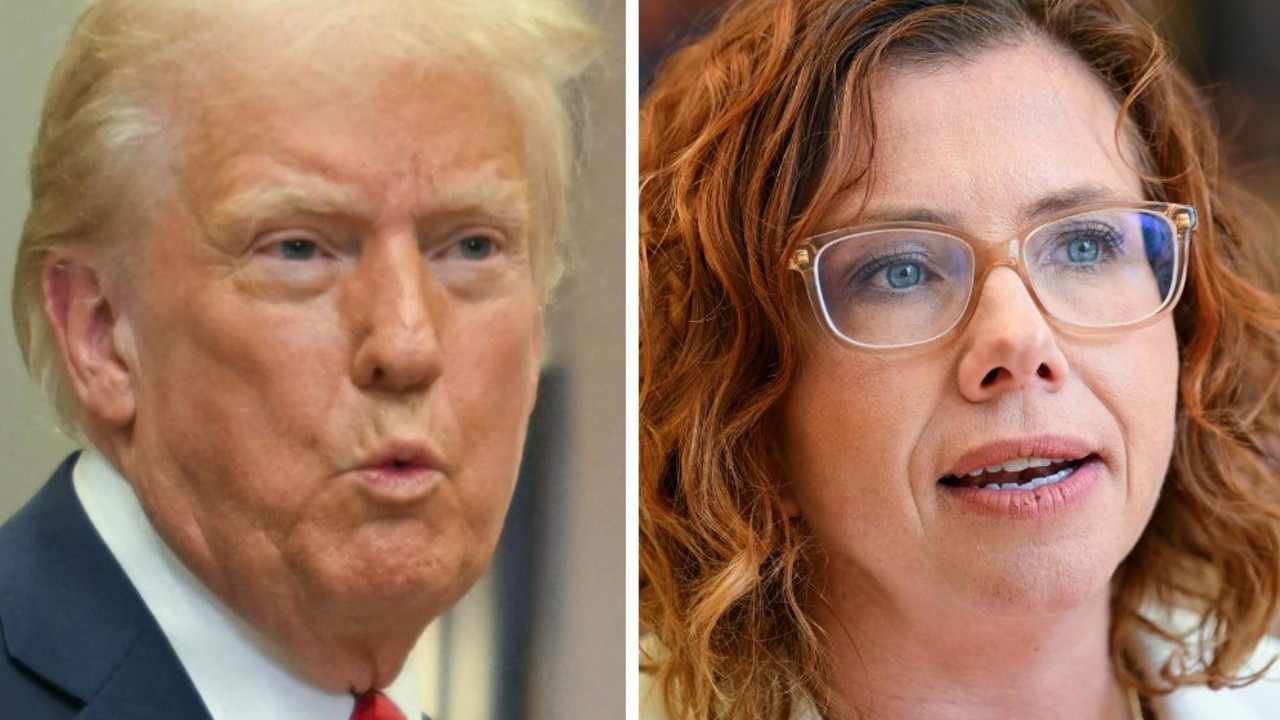Rainfall causes Rio Tinto iron ore production dip as price soars to decade high
A decade-high iron ore price will offset a dip in Rio Tinto’s prized Pilbara production as the cave blast debacle continues to weigh on the CEO’s mind.
Rio Tinto has blamed rainfall for a dip in first quarter iron ore production as the price of the steel making commodity hovers around a 10-year high.
The mining giant reported on Tuesday a 2 per cent fall in iron ore production on the March quarter last year from its flagship mines in Western Australia’s Pilbara region, driven by above average wet weather through February and fixed plant reliability.
Labour resource availability and weather challenges also disrupted maintenance, Rio Tinto said, while Cyclone Seroja – which devastated the tourist town Kalbarri – hit mine and port operations earlier this month. compared with the March quarter last year
However, the company’s full-year iron ore production guidance remains unchanged, as does its unit cost forecast of less than $20 per tonne.
That’s translates to a tidy profit, with the iron ore price eclipsing $US180 per tonne, a level not seen since 2011.

“The strength in the iron ore price currently shows no sign of abating, with the 62 per cent benchmark iron ore price holding the price gains, having held above $US150/t since 18 Dec 2020,” Bell Potter said.
Rio Tinto said China’s industrial economy continued to have strong momentum, with last year’s stimulus programs giving rise to a sustainable recovery in property and infrastructure construction and steel prices finishing the quarter at decade highs.
Macquarie Research said the “solid” iron ore result was in line with its estimates while the performance of other divisions was mixed, with copper output down, but production of diamonds, uranium and precious metals were all better than expected.
UBS noted Rio Tinto’s massive Oyu Tolgoi project in Mongolia remained challenging.
Meanwhile, a key focus for new chief executive Jakob Stausholm continues to be repairing the reputational damage from the Juukan Gorge cave blast debacle.

“It has been a period of deep reflection for the company, and I have personally spent a significant amount of time listening, learning and taking actions, in particular to better manage traditional owner partnerships and cultural heritage,” Mr Stausholm said in the quarterly report.
“Our focus is to become the best operator, strive for impeccable ESG (environmental, social and corporate governance) credentials, excel in development and secure a strong social licence.
“This ambition will enable us to continue to deliver superior returns to shareholders, invest in sustaining and growing our portfolio, and make a broader contribution to society.”
Mr Stausholm took the helm in January after the worldwide controversy claimed the scalp of previous chief executive Jean Sebastien-Jacques.




